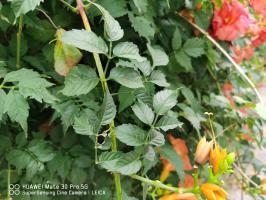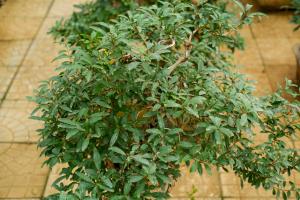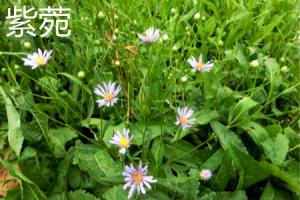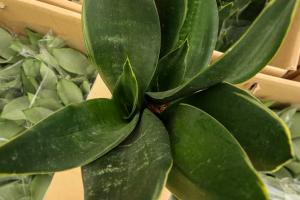What Insect Larvae Can Be Found in the Bottom of Plant Pots?
If you're an avid gardener or plant enthusiast, you may have noticed tiny creatures wriggling in the soil at the bottom of your plant pots. These are insect larvae, and while some are harmless and even beneficial to your plants, others can cause damage and spread disease. This article will explore some of the most common insect larvae you may encounter in your plant pots.
Fungus Gnat Larvae
Fungus gnats are a common pest that lays its eggs in damp soil. The larvae of these gnats are thin and white, with black heads. They feed on organic matter in the soil, including roots and stems. While they don't typically cause significant damage to plants, they can be unsightly and may lead to problems with fungus and other diseases.
Root Maggots
Root maggots are the larvae of certain species of flies, including the cabbage fly and onion fly. They feed on the roots and stems of plants, and can cause significant damage if left unchecked. Signs of root maggots include stunted growth, yellowing leaves, and wilting. If you suspect root maggots are present, consult a gardening expert for advice on how to address the infestation.
Wireworms
Wireworms are the larvae of click beetles, and feed on the roots and stems of plants. They are most commonly found in soil that has not been disturbed for several years, such as in lawns or fields. Wireworms can cause significant damage to crops and can be difficult to eradicate. If you have a wireworm infestation, consult a professional pest control service for advice.
Cutworms
Cutworms are the larvae of certain species of moths, and are known for their habit of "cutting" seedlings at the base of their stems. They generally feed on young plants, and can cause significant damage to crops if left unchecked. Signs of cutworm activity include missing or damaged seedlings, as well as cut stems or leaves. If you suspect cutworms are present, take steps to protect your seedlings, such as placing a collar of cardboard or plastic around the base of each plant.
Armyworms
Armyworms are the larvae of certain species of moths, and are known for their habit of feeding in large groups, or "armies". They generally feed on grasses, but can also cause damage to crops such as corn and wheat. Signs of armyworm activity include large patches of damage or missing foliage, as well as the presence of groups of the larvae themselves. If you suspect an armyworm infestation, consult a professional pest control service for advice.
In conclusion, while finding insect larvae in the bottom of your plant pots can be alarming, it's important to identify the species of larvae present and take appropriate steps to address any potential damage or infestations. By understanding the most common types of insect larvae found in plant pots, you can take steps to protect your plants and ensure a healthy and thriving garden.

 how many times do yo...
how many times do yo... how many planted tre...
how many planted tre... how many pine trees ...
how many pine trees ... how many pecan trees...
how many pecan trees... how many plants comp...
how many plants comp... how many plants can ...
how many plants can ... how many plants and ...
how many plants and ... how many pepper plan...
how many pepper plan...































